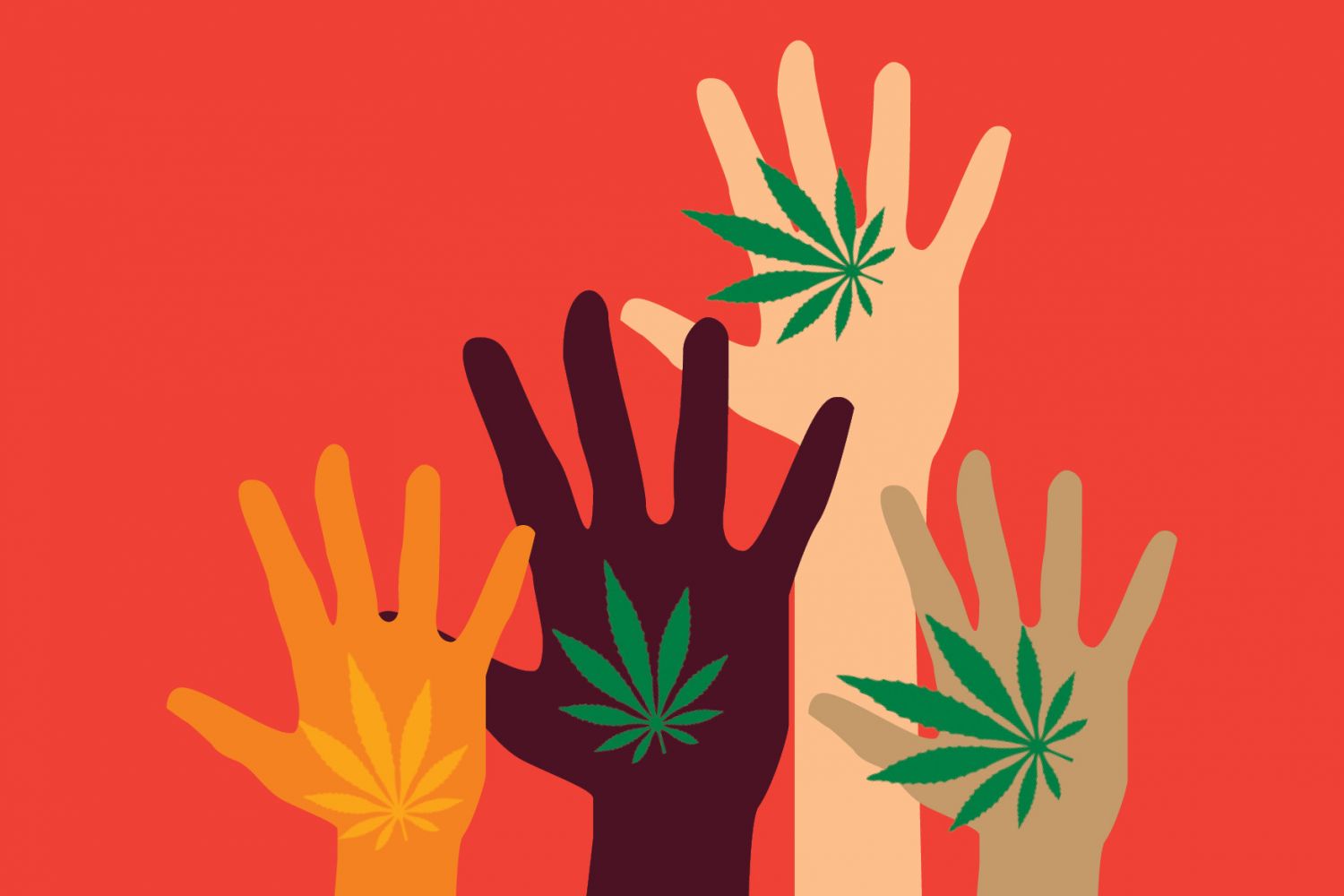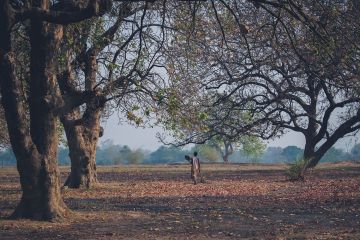
The most passionate
examination of hash-smoking will certainly not teach half as much about
thinking (which is an imminent narcotic) as the profane illumination of
thinking about hash-smoking. The reader, the person thinking, the person
waiting, the flâneur, are just as much types of Illuminati as the opium-eater,
the dreamer, the intoxicated, and they are profaner.”—Walter Benjamin (On Hashish)
November 4, 2012. The day of State Assembly polls in Himachal Pradesh.
The polling boo





